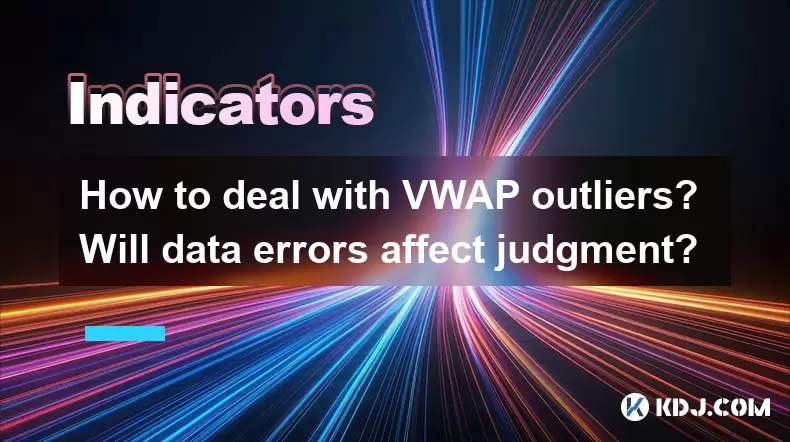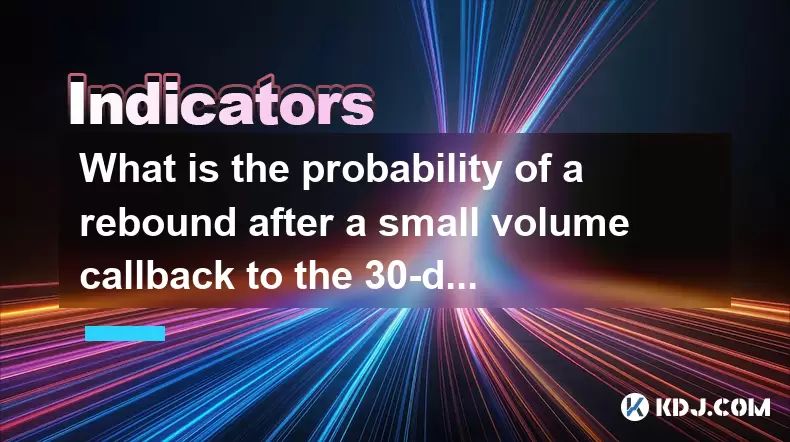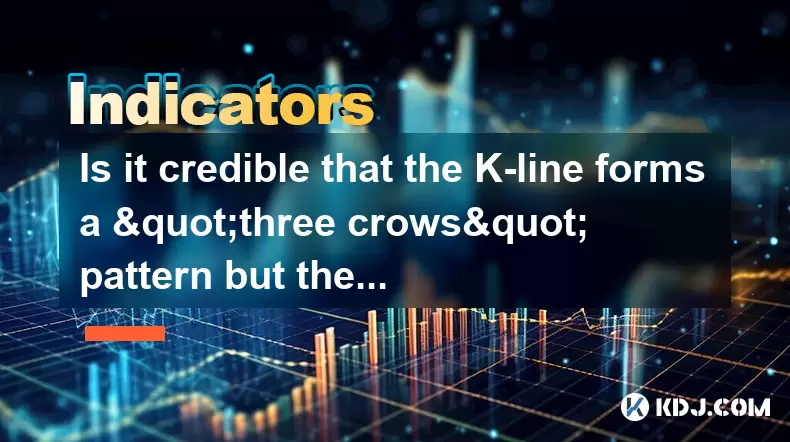-
 Bitcoin
Bitcoin $105,497.5085
4.42% -
 Ethereum
Ethereum $2,422.4861
8.54% -
 Tether USDt
Tether USDt $1.0008
0.06% -
 XRP
XRP $2.1637
7.27% -
 BNB
BNB $640.6631
3.94% -
 Solana
Solana $144.7501
9.37% -
 USDC
USDC $1.0000
0.01% -
 TRON
TRON $0.2732
3.36% -
 Dogecoin
Dogecoin $0.1648
8.94% -
 Cardano
Cardano $0.5829
7.81% -
 Hyperliquid
Hyperliquid $38.1039
6.54% -
 Sui
Sui $2.8200
15.09% -
 Bitcoin Cash
Bitcoin Cash $463.0927
1.91% -
 Chainlink
Chainlink $12.9052
10.84% -
 UNUS SED LEO
UNUS SED LEO $9.1023
1.10% -
 Stellar
Stellar $0.2456
7.38% -
 Avalanche
Avalanche $18.0376
9.64% -
 Toncoin
Toncoin $2.9069
6.48% -
 Shiba Inu
Shiba Inu $0.0...01160
10.05% -
 Litecoin
Litecoin $85.0951
6.12% -
 Hedera
Hedera $0.1513
13.24% -
 Monero
Monero $308.4459
3.65% -
 Ethena USDe
Ethena USDe $1.0008
0.04% -
 Polkadot
Polkadot $3.4084
8.03% -
 Dai
Dai $1.0003
0.02% -
 Bitget Token
Bitget Token $4.1719
3.32% -
 Uniswap
Uniswap $6.8443
9.44% -
 Pepe
Pepe $0.0...09942
12.13% -
 Pi
Pi $0.5357
6.85% -
 Aave
Aave $256.4669
12.95%
How to deal with VWAP outliers? Will data errors affect judgment?
VWAP outliers in crypto markets can skew trading decisions; robust statistical methods and real-time data validation help mitigate their impact.
May 22, 2025 at 03:15 am

Dealing with Volume Weighted Average Price (VWAP) outliers and understanding the impact of data errors on judgment are crucial aspects of technical analysis in the cryptocurrency market. VWAP is a trading benchmark used by investors to gauge the average price at which a cryptocurrency has traded throughout the day, based on both volume and price. Outliers in VWAP can skew perceptions and lead to misinformed trading decisions, while data errors can further complicate the analysis.
Identifying VWAP Outliers
To effectively deal with VWAP outliers, the first step is to identify them. An outlier in VWAP can be defined as a data point that significantly deviates from the expected average price based on the volume traded. This deviation can be due to large trades executed at prices far from the current market rate or due to errors in data reporting.
- Visual Inspection: Use charting tools to plot the VWAP line alongside the price action. Outliers will appear as significant spikes or dips away from the general trend of the VWAP line.
- Statistical Methods: Apply statistical techniques such as the Z-score or Interquartile Range (IQR) method to quantify how far a data point is from the mean or median VWAP. A high Z-score or data point outside the IQR can indicate an outlier.
Causes of VWAP Outliers
Understanding the causes of VWAP outliers is essential for determining the appropriate response. Common causes include:
- Large Trades: Significant buy or sell orders can move the market price temporarily, resulting in a VWAP outlier.
- Data Errors: Incorrectly reported trade data can lead to outliers. This could be due to technical glitches or manual input errors.
- Market Manipulation: Deliberate attempts to manipulate the market can create artificial spikes or dips in VWAP.
Impact of Data Errors on Judgment
Data errors can significantly affect judgment in cryptocurrency trading. Inaccurate data can lead to:
- Misleading VWAP Calculations: Errors in trade data will result in a skewed VWAP, which can mislead traders about the true average price.
- False Trading Signals: Traders relying on VWAP for entry and exit points may receive false signals if the data is incorrect, leading to potential losses.
- Distorted Market Analysis: Long-term market analysis and trend identification can be distorted, affecting strategic decision-making.
Dealing with VWAP Outliers
Once outliers are identified and their causes understood, traders can take several steps to mitigate their impact:
- Data Validation: Regularly validate trade data against multiple sources to ensure accuracy. Use reputable data feeds and cross-reference them to minimize errors.
- Outlier Removal: In statistical analysis, outliers can be removed or adjusted to prevent them from skewing the VWAP calculation. However, this should be done cautiously, as removing valid data points can also distort the analysis.
- Robust Statistical Methods: Use robust statistical methods that are less sensitive to outliers, such as the median instead of the mean for calculating VWAP.
- Contextual Analysis: Always consider the broader market context when dealing with outliers. Understanding the underlying market conditions can help determine whether an outlier is a genuine anomaly or a valid data point.
Implementing Robust VWAP Calculations
To implement a robust VWAP calculation that accounts for outliers, traders can follow these steps:
- Collect Data: Gather trade data from reliable sources, including timestamps, prices, and volumes for each trade.
- Calculate Initial VWAP: Compute the initial VWAP using the standard formula:
[
\text{VWAP} = \frac{\sum (P_i \times V_i)}{\sum V_i}
]
where ( P_i ) is the price and ( V_i ) is the volume of the ( i )-th trade. - Identify Outliers: Use statistical methods like Z-scores or IQR to identify potential outliers in the dataset.
- Adjust or Remove Outliers: Decide whether to adjust or remove identified outliers based on their impact and the context of the market.
- Recalculate VWAP: After handling outliers, recalculate the VWAP to obtain a more accurate average price.
- Validate Results: Cross-validate the adjusted VWAP with other market indicators and data sources to ensure its reliability.
Using Technology to Manage VWAP Outliers
Technology plays a crucial role in managing VWAP outliers and mitigating the impact of data errors. Trading platforms and analytical tools can be leveraged to:
- Automate Data Validation: Use software that automatically checks data against multiple sources and flags potential errors.
- Implement Real-time Outlier Detection: Utilize algorithms that monitor trade data in real-time and alert traders to potential outliers.
- Enhance Data Processing: Employ advanced data processing techniques to handle large volumes of trade data efficiently and accurately.
Case Studies: Dealing with VWAP Outliers in Cryptocurrency Markets
Examining real-world examples can provide valuable insights into dealing with VWAP outliers. Case studies in the cryptocurrency market often reveal:
- Bitcoin Trading: In a scenario where a large Bitcoin trade causes a temporary spike in VWAP, traders must quickly assess whether this is a genuine market movement or an outlier that should be discounted in their analysis.
- Altcoin Volatility: For highly volatile altcoins, frequent outliers can make VWAP calculations challenging. Traders need robust methods to filter out these anomalies and focus on the underlying trends.
FAQs
Q1: Can VWAP outliers be used to identify potential market manipulation?
A1: Yes, VWAP outliers can sometimes indicate market manipulation. If a trade causes a significant deviation from the expected VWAP and it is not supported by broader market trends, it may be a sign of manipulation. Traders should investigate such anomalies further and use additional tools to confirm their suspicions.
Q2: How often should VWAP calculations be updated to account for new data and outliers?
A2: VWAP calculations should be updated in real-time or at least at regular intervals (e.g., every few minutes) to reflect the latest trade data. This ensures that any new outliers or data errors are quickly identified and addressed, allowing for more accurate trading decisions.
Q3: Are there specific cryptocurrencies more prone to VWAP outliers?
A3: Cryptocurrencies with lower liquidity and higher volatility, such as many altcoins, are generally more prone to VWAP outliers. These assets can experience large price swings due to smaller trade volumes, making it more challenging to maintain a stable VWAP.
Q4: Can machine learning help in identifying and managing VWAP outliers?
A4: Yes, machine learning algorithms can be trained to identify patterns and anomalies in trade data, including VWAP outliers. These algorithms can provide more sophisticated outlier detection and help traders make more informed decisions by reducing the impact of data errors.
Disclaimer:info@kdj.com
The information provided is not trading advice. kdj.com does not assume any responsibility for any investments made based on the information provided in this article. Cryptocurrencies are highly volatile and it is highly recommended that you invest with caution after thorough research!
If you believe that the content used on this website infringes your copyright, please contact us immediately (info@kdj.com) and we will delete it promptly.
- Circle's Stablecoin Soars: A $62 Billion Power Play
- 2025-06-24 06:25:12
- Ruvi AI: Is It Really Poised to Eclipse Tron and Other Crypto Giants?
- 2025-06-24 07:05:12
- Neo Pepe Coin: The Meme Token Taking Over Crypto Presales
- 2025-06-24 06:45:12
- Solana, Pepe, and Crypto Risk: Navigating the Meme Coin Mania
- 2025-06-24 07:05:12
- COIN Act: Curbing Crypto Profiteering by Public Officials – A Necessary Step?
- 2025-06-24 06:25:12
- Ethereum Whales Accumulate: Smart Money Betting on ETH Rebound?
- 2025-06-24 07:25:16
Related knowledge

What does the continuous rise of the ADX line of the DMI indicator in the downward trend indicate?
Jun 24,2025 at 05:00am
Understanding the DMI Indicator and Its ComponentsThe Directional Movement Index (DMI) is a technical analysis tool that helps traders identify the strength and direction of a trend. It consists of two primary components: the +DI (Positive Directional Indicator) and the -DI (Negative Directional Indicator). The ADX line, which stands for Average Directi...

What is the probability of a rebound after a small volume callback to the 30-day moving average to get support?
Jun 24,2025 at 05:08am
Understanding the 30-Day Moving Average in Cryptocurrency TradingIn cryptocurrency trading, the 30-day moving average (MA) is a widely used technical indicator that helps traders identify potential support and resistance levels. It calculates the average closing price of an asset over the last 30 days, smoothing out short-term volatility and providing a...

How to interpret that the time-sharing chart shows "volume and price rise together" but the MACD red column shortens?
Jun 24,2025 at 01:08am
Understanding the Concept of 'Volume and Price Rise Together'In cryptocurrency trading, when a time-sharing chart shows that both volume and price rise together, it is typically interpreted as a sign of strong buying pressure. This means more traders are entering long positions, pushing the price higher while increasing the trading volume. This phenomen...

Is it contradictory that the moving average system is arranged in a bullish pattern but the DMI shows a decline in trend strength?
Jun 23,2025 at 11:43pm
Understanding the Moving Average and DMI RelationshipIn cryptocurrency trading, technical analysis plays a crucial role in identifying potential trends and making informed decisions. Two of the most commonly used indicators are the Moving Average (MA) and the Directional Movement Index (DMI). While both tools aim to provide insight into market direction...

How to interpret that the Williams indicator quickly turns back in the overbought area but does not fall below the 50-axis?
Jun 24,2025 at 02:01am
Understanding the Williams %R Indicator in Cryptocurrency TradingThe Williams %R indicator, often referred to as Williams Percent Range, is a momentum oscillator used by traders to identify overbought or oversold conditions in financial markets, including cryptocurrency. It ranges from 0 to -100, where values above -20 are considered overbought and thos...

Is it credible that the K-line forms a "three crows" pattern but the trading volume decreases?
Jun 24,2025 at 05:56am
Understanding the 'Three Crows' Pattern in Cryptocurrency TradingThe three crows pattern is a well-known bearish reversal signal in technical analysis, often observed when an uptrend transitions into a potential downtrend. This formation consists of three consecutive long red (or bearish) candles with each opening within the body of the previous candle ...

What does the continuous rise of the ADX line of the DMI indicator in the downward trend indicate?
Jun 24,2025 at 05:00am
Understanding the DMI Indicator and Its ComponentsThe Directional Movement Index (DMI) is a technical analysis tool that helps traders identify the strength and direction of a trend. It consists of two primary components: the +DI (Positive Directional Indicator) and the -DI (Negative Directional Indicator). The ADX line, which stands for Average Directi...

What is the probability of a rebound after a small volume callback to the 30-day moving average to get support?
Jun 24,2025 at 05:08am
Understanding the 30-Day Moving Average in Cryptocurrency TradingIn cryptocurrency trading, the 30-day moving average (MA) is a widely used technical indicator that helps traders identify potential support and resistance levels. It calculates the average closing price of an asset over the last 30 days, smoothing out short-term volatility and providing a...

How to interpret that the time-sharing chart shows "volume and price rise together" but the MACD red column shortens?
Jun 24,2025 at 01:08am
Understanding the Concept of 'Volume and Price Rise Together'In cryptocurrency trading, when a time-sharing chart shows that both volume and price rise together, it is typically interpreted as a sign of strong buying pressure. This means more traders are entering long positions, pushing the price higher while increasing the trading volume. This phenomen...

Is it contradictory that the moving average system is arranged in a bullish pattern but the DMI shows a decline in trend strength?
Jun 23,2025 at 11:43pm
Understanding the Moving Average and DMI RelationshipIn cryptocurrency trading, technical analysis plays a crucial role in identifying potential trends and making informed decisions. Two of the most commonly used indicators are the Moving Average (MA) and the Directional Movement Index (DMI). While both tools aim to provide insight into market direction...

How to interpret that the Williams indicator quickly turns back in the overbought area but does not fall below the 50-axis?
Jun 24,2025 at 02:01am
Understanding the Williams %R Indicator in Cryptocurrency TradingThe Williams %R indicator, often referred to as Williams Percent Range, is a momentum oscillator used by traders to identify overbought or oversold conditions in financial markets, including cryptocurrency. It ranges from 0 to -100, where values above -20 are considered overbought and thos...

Is it credible that the K-line forms a "three crows" pattern but the trading volume decreases?
Jun 24,2025 at 05:56am
Understanding the 'Three Crows' Pattern in Cryptocurrency TradingThe three crows pattern is a well-known bearish reversal signal in technical analysis, often observed when an uptrend transitions into a potential downtrend. This formation consists of three consecutive long red (or bearish) candles with each opening within the body of the previous candle ...
See all articles
























































































